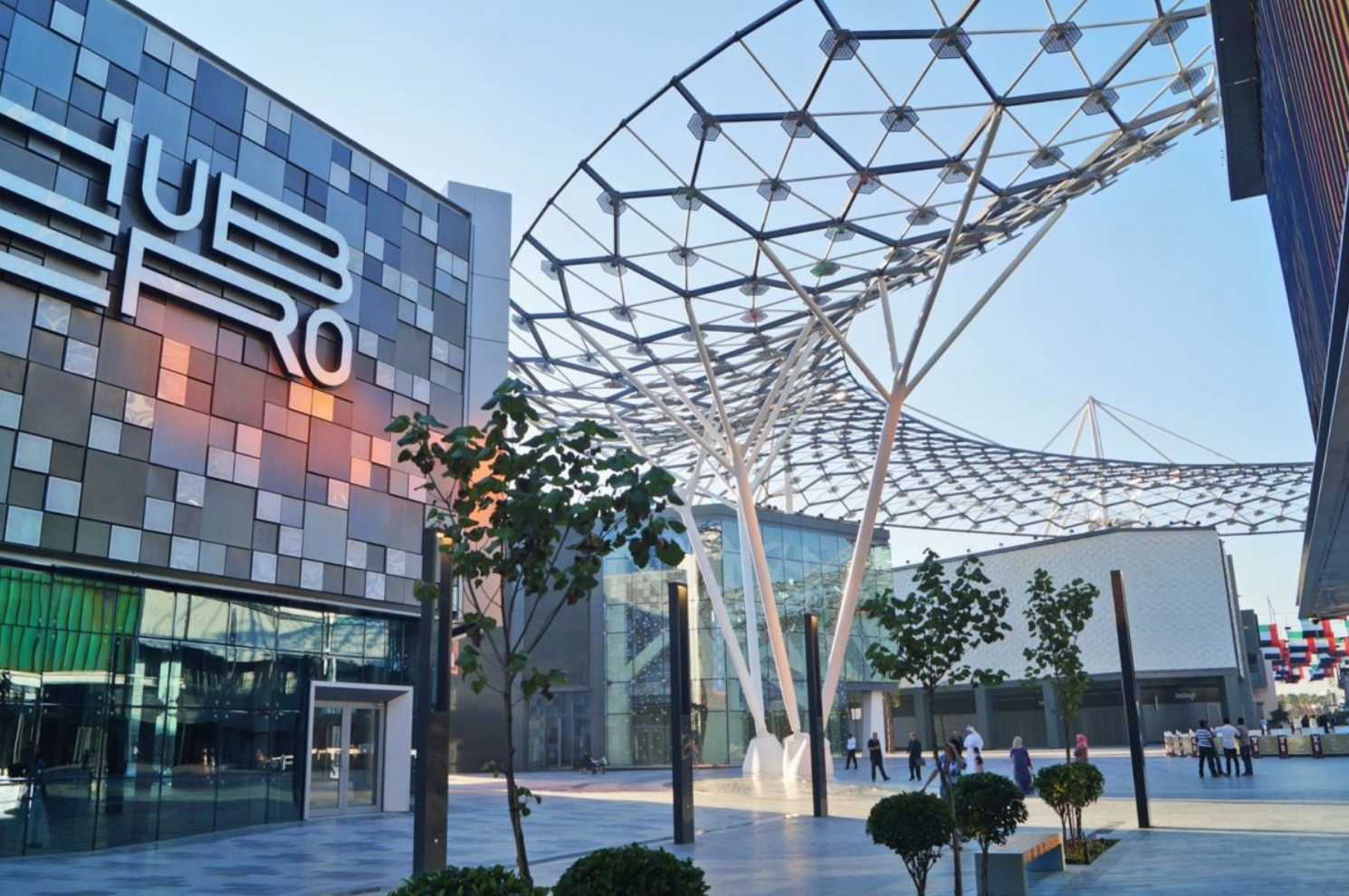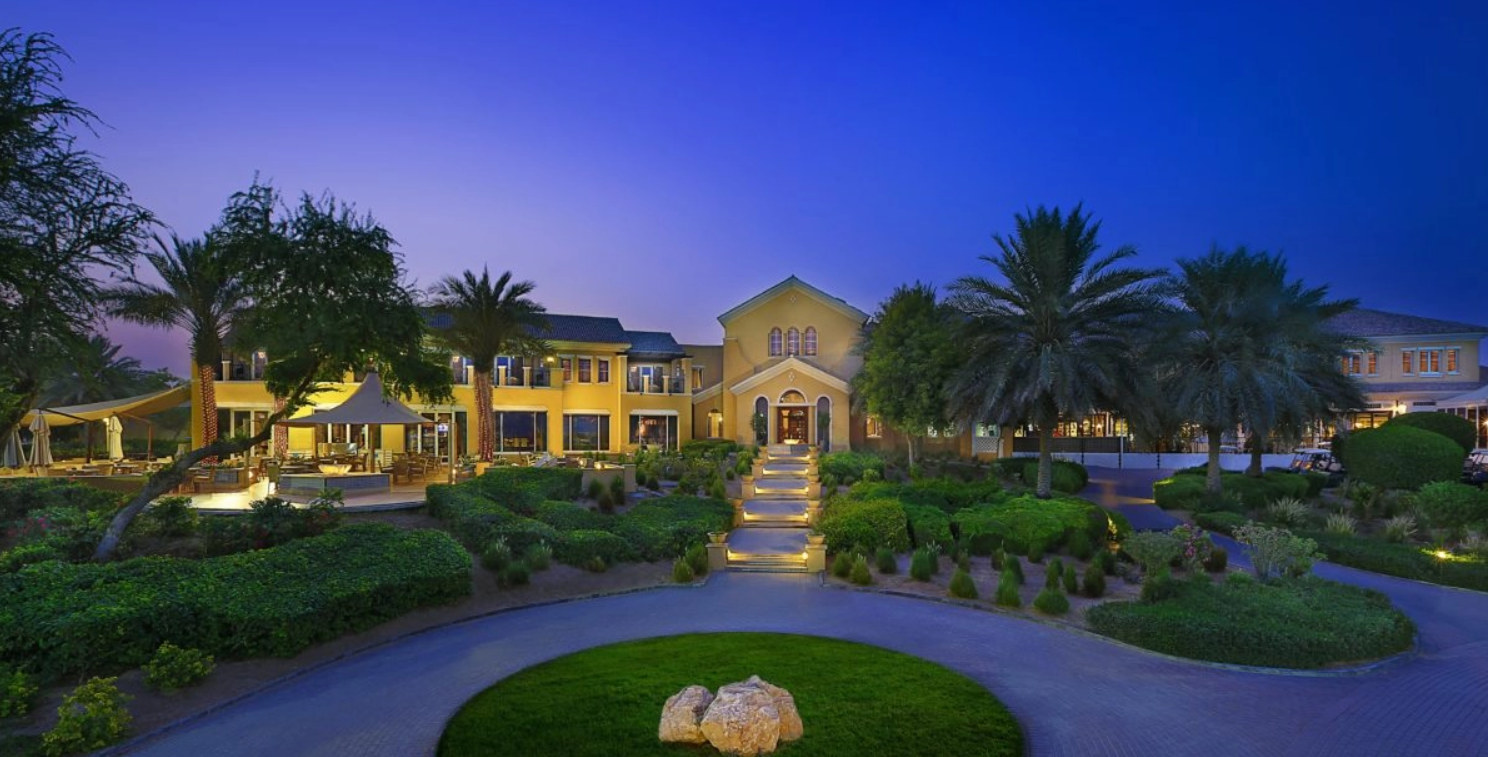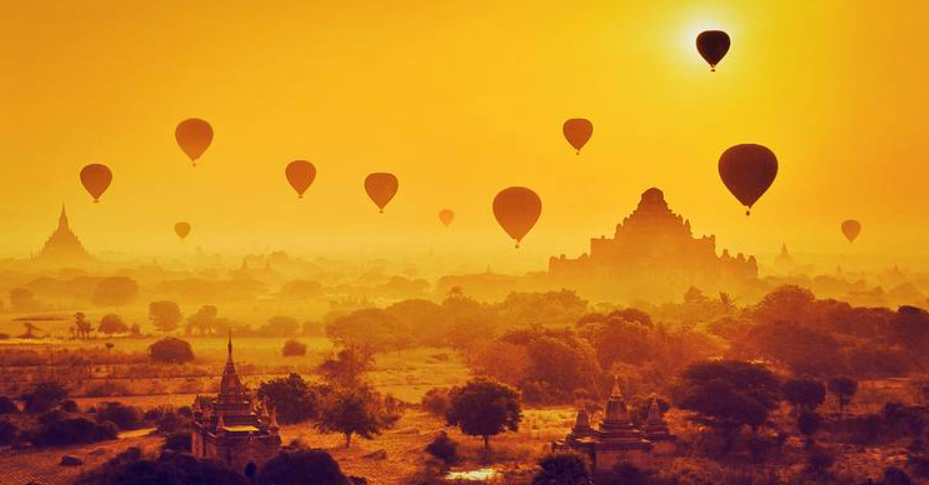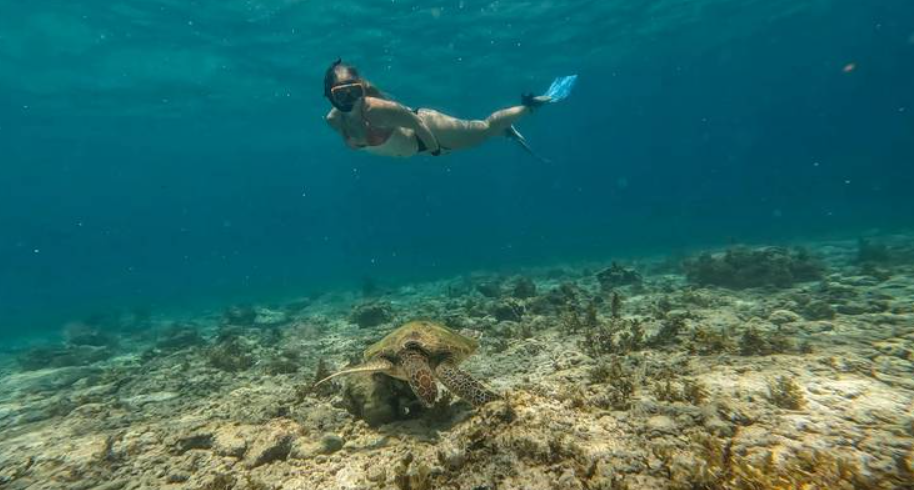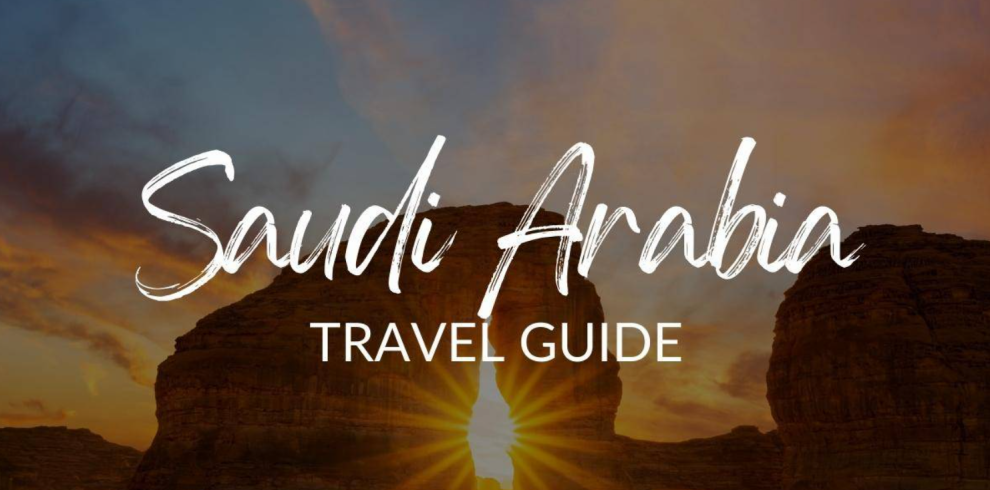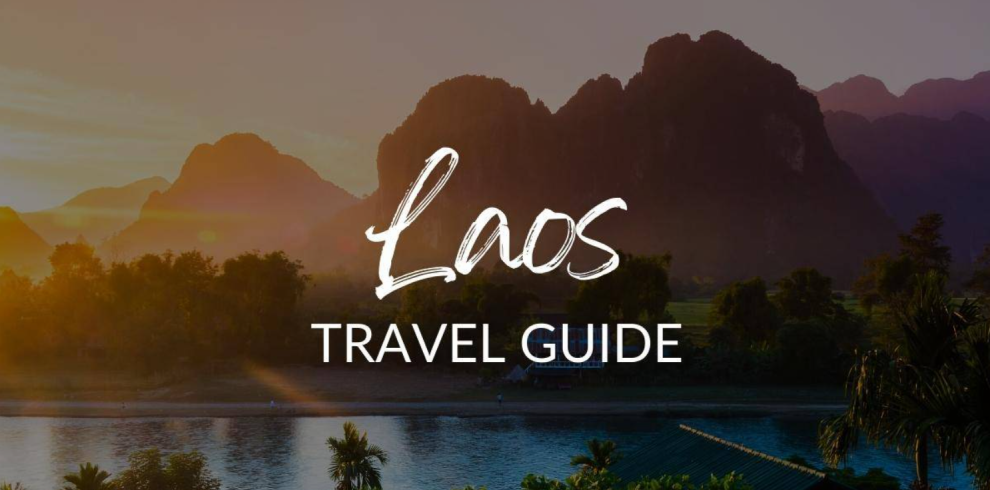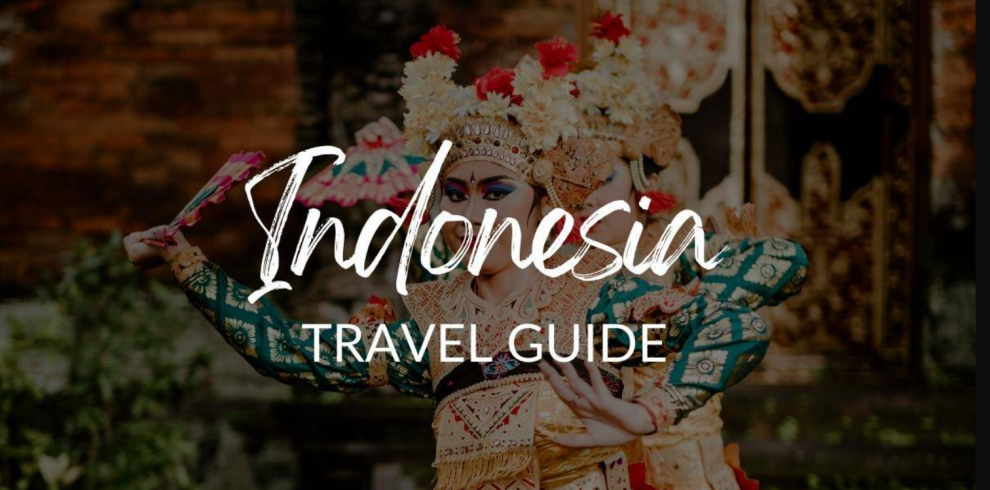Malaysia is a multicultural country, but not in the sense that many may be familiar with. Rather than merely supporting a homogenous society, Malaysians come together by welcoming and embracing each other’s ethnicities, languages, and religions. When great things come together, magic happens and Malaysia’s delicious food, rich history, and vibrant cultures are a testament to this.
The Highlights
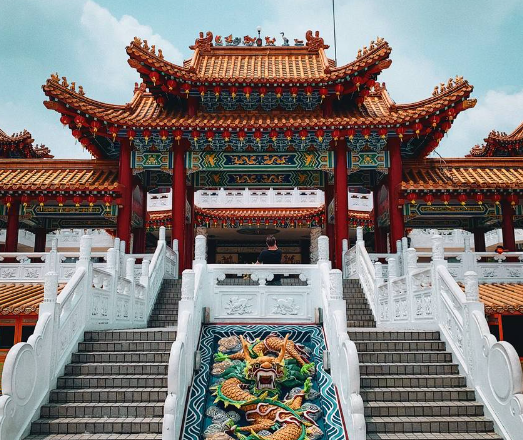
Kuala LumpurKuala Lumpur is often treated as a layover destination but don’t let the opportunity to experience this vibrant capital go to waste! This metropolitan city highlights key characteristics you can expect to experience in other parts of Malaysia, much like a table of contents of a book, but also consists of skyscrapers, bustling shopping districts, and lively nightlife that make it their own. Aside from the Petronas Twin Towers and the Batu Cave, Petaling Street, the ‘Chinatown’ of Malaysia is also a must-see destination.
IslandsSwitch out the hustle and bustle of the city for a relaxing vacation at one of Malaysia’s top island spots and indulge in picture-perfect beaches and delicious local cuisine. Snorkel to your heart’s content at Perhentian and Tioman Island and witness wildlife in their natural habitat. Have a preference for land activities? Why not soar through the sky and take in the breathtaking views of Langkawi Island on the Langkawi SkyCab.
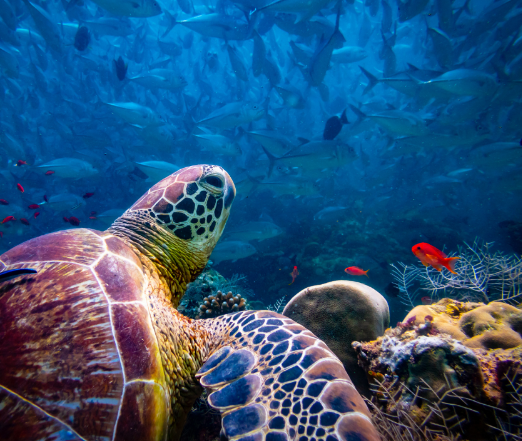
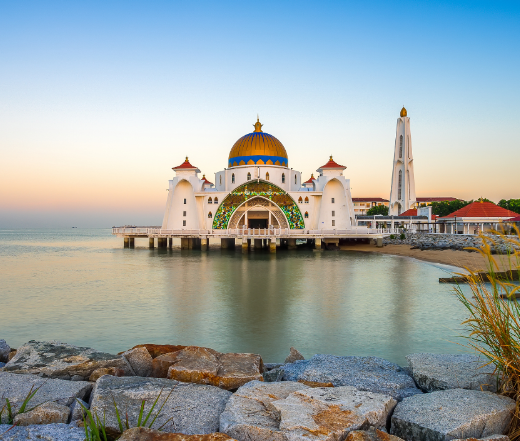
MalaccaIf you’re fond of rich history and intricate architecture, why not pay a visit to Malacca (also known as Melaka). Named as a UNESCO World Heritage site, walking into Melaka is like walking back in time to experience a city that once breathed life to the Indonesian, the Portuguese, the Dutch, and the British. Experience the ruins of the A’Famosa Fort, built by the Portuguese, the eye-catching red Dutch Christ Church, and the ruins of St. Pauls Church, which was used as a military store by the British in the 19th century. You can’t miss the Jonker Street Weekend Night Market!
BorneoKnown as the third largest island in the world, Malaysia shares Borneo with neighbouring countries, Brunei (North) and Indonesia (South). Within Malaysia are two federal states, Sabah and Sarawak – both known for their thrilling adventures and immersive cultural experiences. Whether you’re looking to climb Mount Kinabalu in Sabah or visit the Deer Cave in Sarawak to witness bats in their natural habitat, there’s plenty to do in both states and the possibilities are truly endless!


Penang IslandPenang may be an island but travellers flock there for more reasons than just its white sandy beaches. It’s a destination that beautifully captures the country’s multicultural roots on a smaller scale and allows travellers to experience its nice blend of Eastern and Western influences. Also known as one of the street food capitals of Asia, it’s no wonder foodies have declared Penang as the ‘food paradise’ of Malaysia! Don’t forget to try some delicious Asam Laksa soup on your next visit or take a stroll through colourful Georgetown to admire the street art and colonial architecture.
National ParksIf you’re fascinated by geological wonders, you should visit the Clearwater Cave and Mount Api’s infamous Pinnacles at Gunung Mulu National Park. Want to get close to wildlife? Spend your day at Bako National Park and greet their proboscis monkeys, monitor lizards, and bearded pigs. Staying on the west side of Malaysia but want to still get close to mother nature? Look no further than Taman Negara, one of the oldest rainforests in the world. Wherever you are in Malaysia, there’s bound to be a national park nearby!
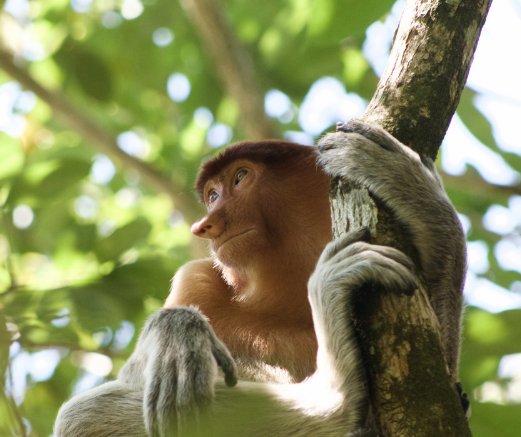
Contact Klub Advisor for personalised travel offers, dates, prices & payment options. Find out the latest travel requirements for your trip. Send your enquiry via the form below. If you’re club member, click on the icon in the right-hand corner and write to WhatsApp to start a discussion.
The Location
Malaysia is a country in Southeast Asia that’s divided into two parts – East and West or Peninsular Malaysia. From London, a non-stop flight to Kuala Lumpur is roughly 13 hours and a flight from the West to the East takes approximately 3 hours.
Capital City
Kuala Lumpur is the capital city of Malaysia. For unbeatable city views, take a ride up the Menara Tower – you won’t reget it!
Main Airport
Kuala Lumpur International Airport is Malaysia’s main airport. It’s located approximately 55km from Kuala Lumpur’s city centre and is easily accessible by taxi or car. CODE: KUL; CLOSEST CITY: KUALA LUMPUR.
Language Spoken
The national language of Malaysia is Malay but being a melting pot of different ethnicities, you may also hear Malaysians speaking Tamil and Mandarin. You can get by with English without any issues as most generations are multi-lingual.
Currency
Malaysia uses the Malaysian ringgit. The currency code is MYR. ATMs are widely available and Credit Cards are accepted in most hotels and restaurants.
Visas
No visas are required for UK, US, and Canadian citizens for stays up to 90 days. Australian citizens can obtain a 90-day tourist visa upon arrival. Please check your visa requirements and contact your local embassy for the most up-to-date information.
Electricity
Malaysia uses 240V/50Hz and Type G plugs or the standard UK rectangular three-pin plug. You will need a voltage converter if your country’s standard voltage is in the range of 100V-127V (commonly in North and South America).
Vaccinations
Hepatitis A, Hepatitis B, Typhoid, Yellow Fever, and Japanese Encephalitis are advised. Rabies vaccines are recommended for travellers who may come in contact with animals.
Emergency Calls
In case of emergency, please call 999 for the police and ambulance and 994 for the fire department.
When to Visit
Peak Season
VARIED
Peak season varies depending on which side of Malaysia you’re visiting. The East experiences drier weather from March to October, which makes it an ideal time to see orangutans in the wild. Diving enthusiasts can also consider visiting Borneo during July and August as waters are less murky and have greater visibility. As for the West, you may experience peak season from December to February and from June to August due to school breaks and end-of-year celebrations such as Christmas and New Years’.
Low Season
VARIED
Low season similarly varies from the East to the West. In the East, island resorts and beach activities are shut down between November to February due to increased rainfall and turbulent waters. However, those hoping for a dry spell at the national parks may experience fewer crowds during this time. In the West, Malaysia’s wettest months are between February to March and September to October but don’t let that stop you from visiting! Rainfall occurs but is short, there are much fewer crowds, and the costs of transportation and accommodation are cheaper.


